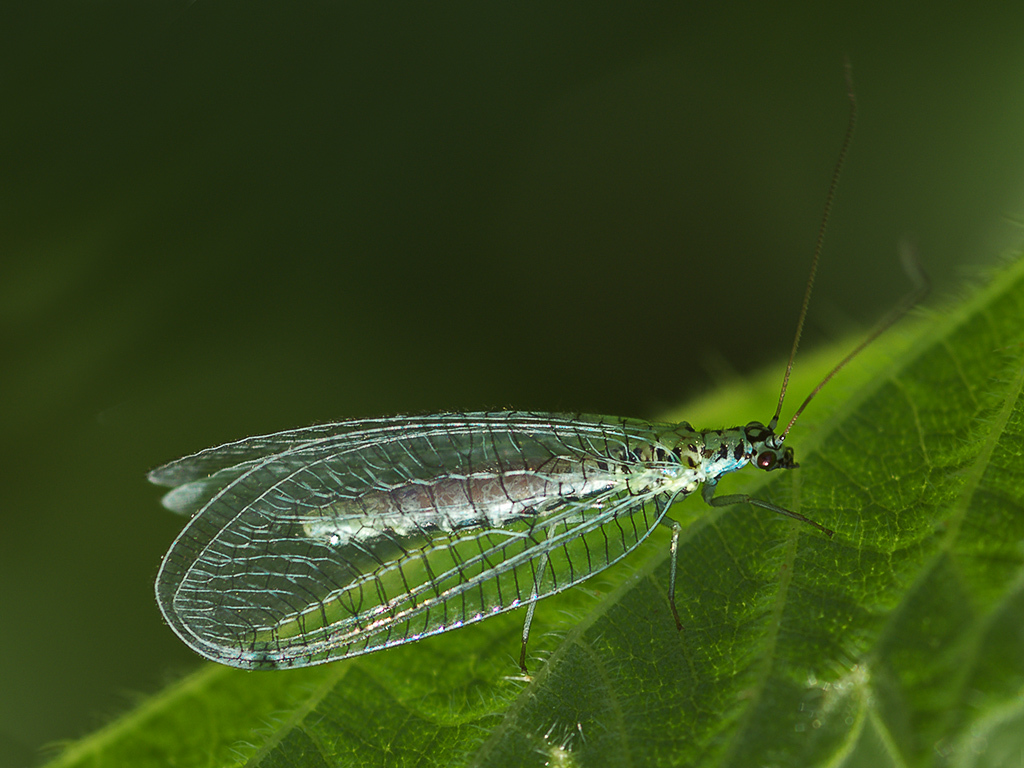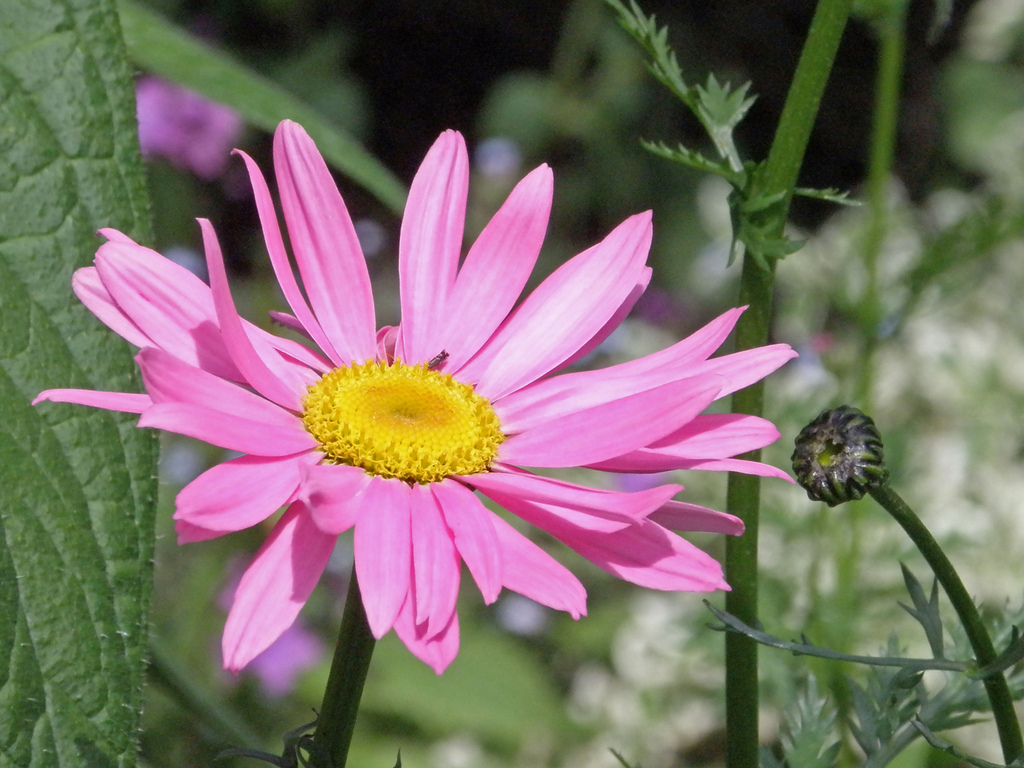![]() This article is part of our Editorial Series called “GFAR impakters”. This is done in partnership with GFAR – The Global Forum on Agricultural Research and Innovation – For more follow on Twitter: #GFARImpakters or view here.
This article is part of our Editorial Series called “GFAR impakters”. This is done in partnership with GFAR – The Global Forum on Agricultural Research and Innovation – For more follow on Twitter: #GFARImpakters or view here.
Farming today has become very commercial and competitive. Farmers are no longer growing crops for the welfare of themselves or the welfare of the people. Industrial agriculture has taken over farmers ever since the beginning of the green revolution – or rather, the farmers have taken over industrial agriculture. From our experience it is difficult to wean the farmers since universities are also hand in glove with the industries promoting the industrialisation of agriculture.
Industries that manufacture fertilizers and pesticides are looking for avenues to make inroads into the farmers’ fields; what they say about the benefits of using chemicals in the production of crops is misleading. Much of the time, farmers do not realise that pesticides kill the predators as well as the pests.

In the photo: GREEN Foundation.
There are in fact numerous alternatives to pesticides such as beneficial nematodes which target flea larvae, grubs, slugs snails and root weevils. Farmers who work with GREEN Foundation have come up with a herbal solution popularly known as Poochi Marundu used as a sustainable agricultural practice in parts of India. This plant-based herbal insecticide can be used on all crops to fight against a wide variety of pests, including leaf-eating and pod-bearing caterpillars and, to some extent, sucking pests. It is also effective against coconut mites when applied at the immature stage of coconut formation. Poochi Marundu can even act as a growth promoter in vegetables.
Preparation of Poochi Marundu
Ingredients & Materials
1kg neem leaves
1kg vitex negundo leaves
1kg clerodendrum leaves
1kg calotropis leaves
1kg aloe vera
2l water
A plastic drum or a mud pot with a lid
Procedure
Crush all the leaves separately with the required quantity of water before mixing them into the plastic rum. Add approximately two litres of water and stir the entire solution thoroughly. Close the lid of the container and keep this solution for seven days, stirring once a day. Filter the solution and use it to spray the crops. Use within three months.
Predators that can control pests
| Insect Pest | Insect Predator |
| Aphids | Lacewing, ladybug, minute pirate bug, praying mantis |
| Cabbage loopers | Parasitic wasp |
| Caterpillars | Minute pirate bug, parasitic wasp |
| Cutworms | Parasitic wasp |
| Flea larvae | Beneficial nematode |
| Flies | Fly parasite |
| Fungus gnats | Fungus gnat predator |
| Grasshoppers | Praying mantis |
| Grubs | Beneficial nematode |
| Leaf hoppers | Lacewing, Ladybug, Minute pirate bug |
| Leafminers | Leafminer parasite |
| Mealybugs | Lacewing, Ladybug |
| Mites | Lacewing, ladybug, minute pirate bug, predatory mite |
| Mosquitoes | Praying mantis |
| Moths | Lacewing, praying mantis |
| Root weevils | Beneficial nematode |
| Scale | Lacewing, ladybug, minute pirate bug |
| Slugs | Beneficial nematode |
| Snails | Beneficial nematode |
| Thrips | Lacewing, minute pirate bug |
| Tomato hornworms | Parasitic wasp |
| Whiteflies | Minute pirate bug, Whitefly parasite |

Non-synthetic insecticides
Pyrethrum has been used for centuries as an insecticide and is one of the most commonly used non-synthetic insecticides allowed in certified organic agriculture. It is abundant in chrysanthemums and is made up of pyrethrins which attack the nervous systems of all insects and inhibit female mosquitoes from biting. When present in amounts less than those fatal to insects, they still appear to have an insect repellent effect.
Bacillus thuringiensis is a microbial insecticide that is found in soils. When it is sprayed on plants, insects ingest the bacterium, killing them just like other pesticides. However, this results in the death of many beneficial insects and birds and, according to various findings, many insects are even becoming resistant to it. Large scale applications in areas such as cotton fields have substantially decreased the number and variety of moth and butterfly species, which in turn affects the birds and animals that feed on them.
 In the photo: Pyrethrum has been used for centuries as a non-synthetic insecticide.
In the photo: Pyrethrum has been used for centuries as a non-synthetic insecticide.
The most important concept to remember is that weeds proliferate in unbalanced soils, and insects and diseases feed on unhealthy plants. A garden or field full of pests is not normal. Once you know that, I recommend that you implement the steps laid out in Phil Nauta’s The Holistic Gardening Handbook, a guide to creating health and abundance in your organic garden.
As advocated in the holistic gardening movement, once we stop spraying toxins, provide sufficient water, increase humus, improve the soil food web, balance soil nutrients and ensure there is proper energy in the system, pests will go away once and for all.



 In the photo:
In the photo: 




